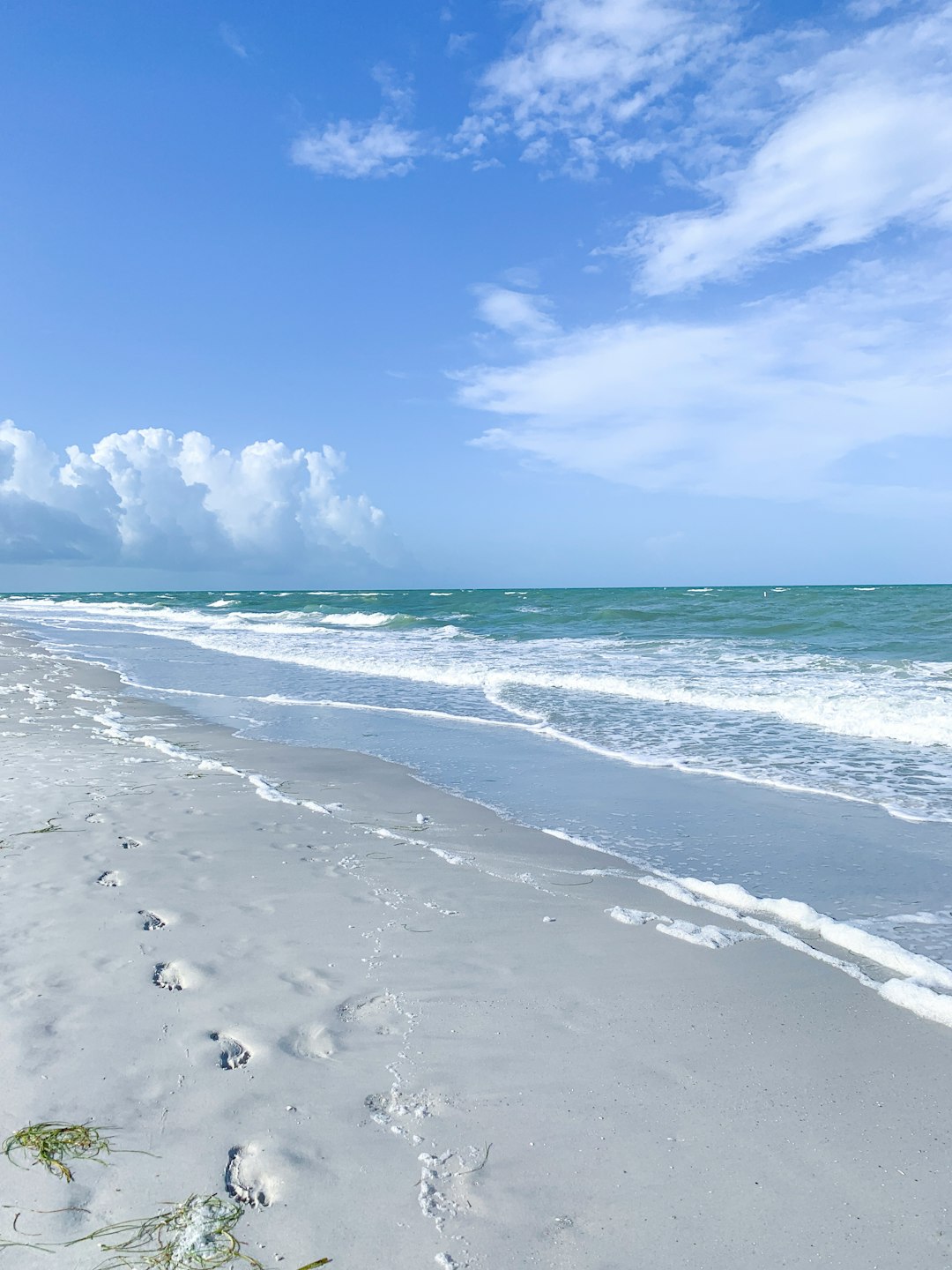
I have always heard stories of how beachcombers have made small fortunes walking the beach at low tide and right after a major storm has hit the coast. I have that situation today, here on Cape Cod, Massachusetts. We had Hurricane Lee pass by and we went to see the storm waves as they ravaged the coast. This is the ar…



